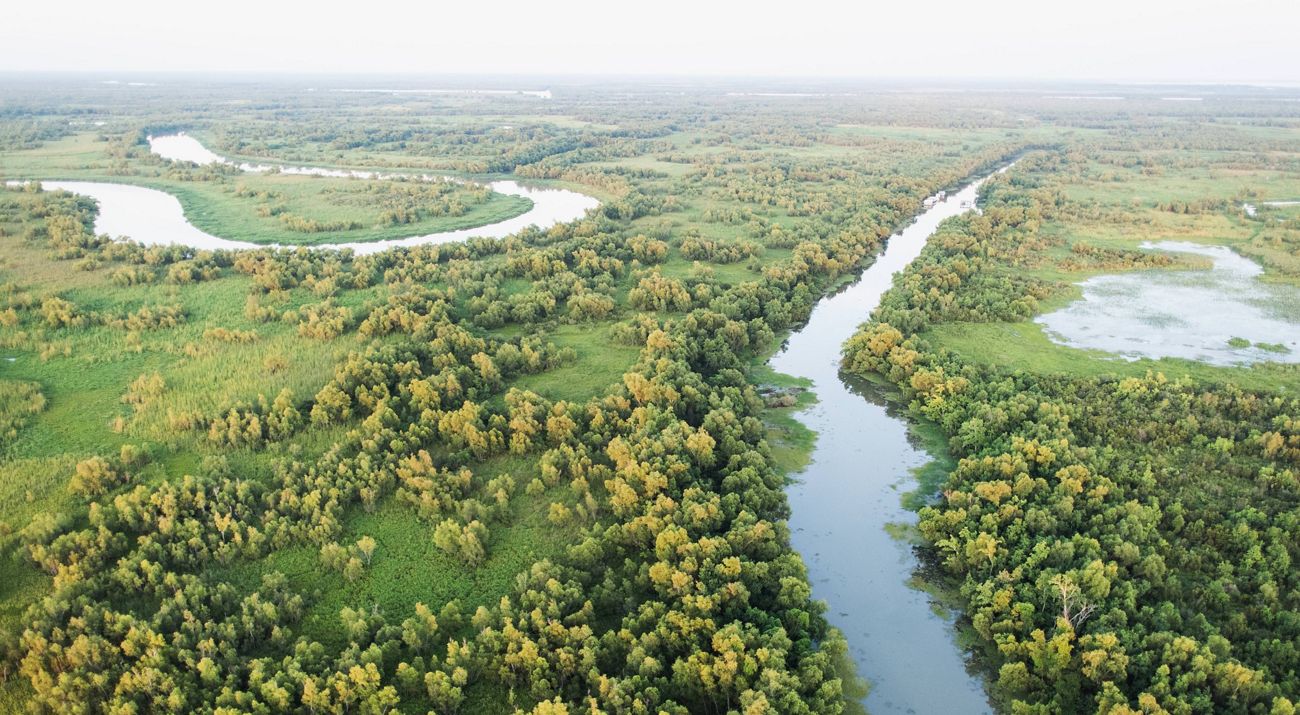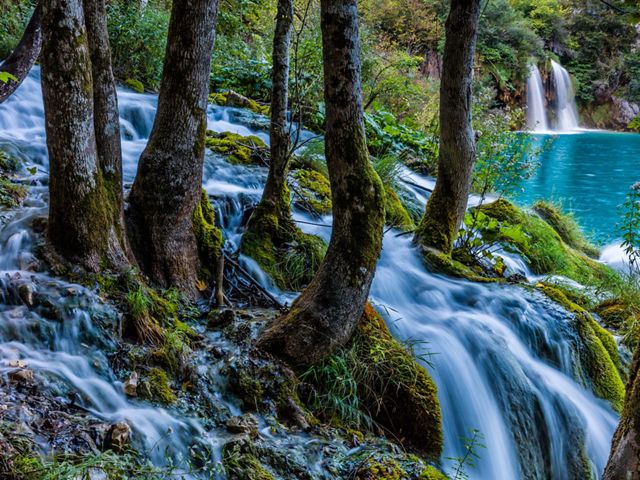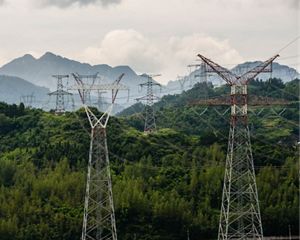
Current Affairs: How we get the right mix of clean energy in the right places
By Mark Lambrides, Former Global Director, Energy and Climate Partnerships
Key Takeaways
- Hydropower was the original clean power technology—but its deployment has had steep social and environmental costs in many parts of the world.
- Meeting global climate targets while avoiding further impacts will require the rapid scaling up of a more comprehensive mix of clean energy technologies.
- This new wave of energy infrastructure can be implemented with minimal impact to natural lands—but only with careful planning and collaboration amongst politicians, scientists, developers, financers and local communities.
It’s no coincidence that the Seventh World Hydropower Congress is taking place in Paris. The swift, effective deployment of clean energy—largely envisaged through the aid of low-impact technologies, increasingly efficient systems, and more robust energy storage—is at the heart of delivering on the Paris Climate Agreement, and delegates are congregating to focus on hydropower’s role in that energy mix.
As the original clean electricity alternative to fossil fuels, hydro was an early leader in the energy transformation. But the social and environmental impacts of its associated infrastructure and construction are now leading the world to accelerate deployment of other clean energy technologies and rethink hydropower’s role in energy portfolios. The urgency of this overall energy transformation, of the scale and pace that is required to meet global climate goals, has been a key topic of discussion at the congress, even in the midst of hydropower’s industry and development leaders.
I am optimistic about the ability of advanced clean energy systems to help the world meet its climate change targets whilst also satisfying the growing demand for power in both developed economies and lower-income countries; if done well, these technologies can help increase energy access, expand economic opportunity and improve standards of living around the world. Along with WWF and other global partners, we are launching a report here at the congress that illuminates a pathway to achieve a future in which our energy needs generate fewer costs for people and nature.
With these concerns in mind, the challenge is ensuring that renewables are deployed at a pace and scale that meets the urgency of the current moment. How do we do this? The answer may seem simple from a technological standpoint, but it’s more complex for the policymakers who decide where to site new energy installments.

Any form of renewable energy—solar, wind, hydropower—can have negative impacts when natural lands and waters are converted for its infrastructure development. That means finding the “best” place to site energy is a balancing act, threading the needle between maximum power generation and minimum habitat disruption. The Nature Conservancy (TNC) has been deploying its scientific expertise—in spatial mapping, ecology, hydrology, conservation biology and many other disciplines—to meet this challenge. We call our strategy Power for Nature (P4N).
Quote
We find there is sufficient converted land available for energy uses to meet the goals of the Paris agreement 17 times over.
Our analysis is clear—there is already sufficient “converted” land to site the new renewables that we need. We have seen how this has worked in Germany, where over 30,000 wind turbines have been deployed, largely on existing agricultural lands, and zero-impact rooftop solar power has been mounted on more than 120,000 rooftops. The same potential is true worldwide. We find there is sufficient converted land available for energy uses to meet the goals of the Paris Agreement 17 times over.
And while hydropower can be particularly worrisome for communities and nature, it can play an important role in accelerating the renewable energy transformation. With existing hydropower plants, for example, it is possible to extract more energy through efficiency upgrades, and new facilities, including advanced pumped storage, can play a critical role alongside battery storage options to complement the intermittent nature of solar and wind energy alternatives.
But for any of this to work, government officials, planners, financial backers, commissioners and communities need to convene early on in the planning process to identify efficiencies and choose the development scenario that is the most reliable, cost-effective and sustainable. Community involvement is especially critical to this process, as strong community actors can provide insights, feedback and support that strengthens project outcomes. No energy option is immune to community resistance, but ensuring citizens have a meaningful voice in discussions about planning and siting helps detect potential challenges before they result in project delays and cost overruns.
Quote
Finding the “best” place to site energy is a balancing act, threading the needle between maximum power generation and minimum habitat disruption.
This is an approach TNC is bringing to bear in the Western Balkans—the so-called “Blue Heart of Europe”—home to Europe’s last free-flowing rivers. These rivers and the ecosystems they support are crucial to the region’s rich biodiversity and its cultural heritage. Unfortunately, they are now on the brink of a hydropower development boom of global proportions, with hundreds, if not thousands, of new hydropower projects planned and under construction. If this development moves forward as planned, the region could lose its last free-flowing rivers and all the benefits they entail, from the Soča River in Slovenia to the Vjosa River in Albania.

We believe this region presents an excellent opportunity to demonstrate a sustainable model of clean energy production without compromising environmental integrity. There are two considerations that can help relieve pressure on rivers: 1) anticipating future energy needs on a national, regional or landscape scale (rather than adopting a piecemeal, project-by-project approach); and 2) implementing different types of clean energy technology where possible. By keeping these considerations in mind, we know that the region can reduce the land and carbon footprint of its upcoming changes, safeguard ecosystem services and biodiversity, and accelerate its transition to renewable energy.
The Balkans, of course, is just one region of our vast world—a world that is, according to our best scientific assessments, at a pivotal time in history. The actions we take over the next ten years may well determine whether we keep climate change within safe boundaries and prevent catastrophic biodiversity loss. We need others—other organizations, governments, companies, communities—to join in efforts to help advance the sort of smart energy planning that ensures people and nature thrive in the future.
The Nature Conservancy is fortunate to have the support of visionary people and organisations, whose generosity allows us to pursue our mission. We are grateful to the Enterprise Rent-A-Car Foundation for supporting our work to find water solutions that work for rivers and the communities that depend on them.
Global Insights
Check out our latest thinking and real-world solutions to some of the most complex challenges facing people and the planet today.
